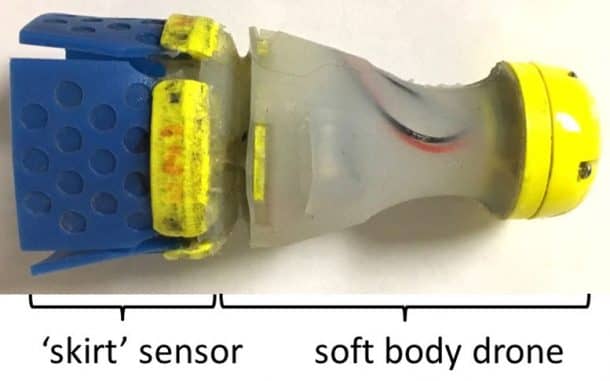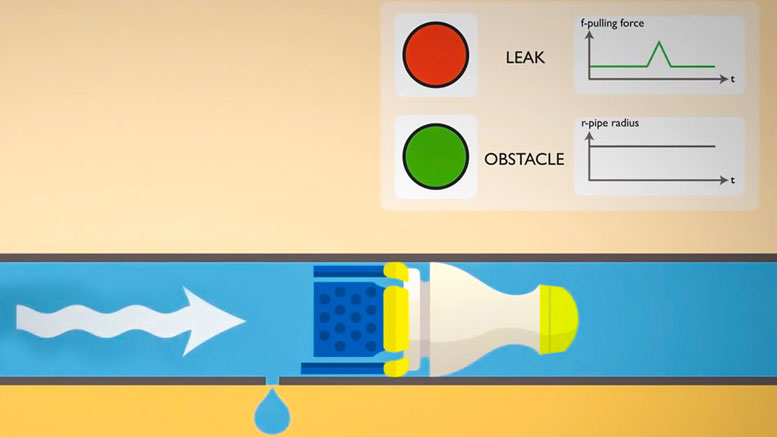A world where 3.4 million deaths occur each year due to water-borne diseases, provision of clean water has almost become a challenge. One of the many reasons for contamination of water is leaks in the pipelines of water supply system. Not only does the water gets contaminated due to these leaks in the distribution system, but 20 percent of the water from distribution systems also gets lost from these leaks. Over the years, scientists have developed many methods for detecting and repairing the leaks inside pipes but they are very expensive and don’t give accurate results with materials like wood, clay or plastic pipes, hence it is preferred to lose water and let it contaminate rather than using these expensive leakage detection systems.
The problem is well addressed by a team of researchers at MIT, who have recently developed a fast, inexpensive method to detect even the tiniest possible leaks in distribution pipes and it does not make exceptions for any kind of material the pipe is made up of.
The system has been under development for almost nine years by professor Kamal Youcef-Toumi and his team. The system was presented in IEEE/RSJ International Conference on Intelligent Robots and Systems (IROS) and was well appreciated.

This system of leak detection uses a small flexible robotic device that resembles a badminton birdie in shape. Once it is inserted into the water system via fire hydrant, it moves with the flow of water. The leakage in pipes causes pressure variations in that particular area and the robot senses the pressure variation by sensing the pull at the edges of its rubber skirt area, that is large enough to fill the diameter of pipe.
Once the device has completed its round of the whole water distribution system, it is retrieved by using a net through another fire hydrant and the data collected by the robot on its journey gets uploaded. This easy and inexpensive method requires no digging and works without interrupting the water service. In addition to the tiny robot that moves with the flow of water, the team has also developed an updated version that is fully able to control its motion.
The product is intended to be commercialized to help those areas and countries suffering the most due to water losses. For example, in Saudi Arabia, where expensive desalination plants provide most of the drinking water, almost 33 percent of the water is lost as a result of the leakages. This is the reason why the peninsula’s King Fahd University of Petroleum and Minerals has sponsored and collaborated with the MIT’s team on the project.
After the success of this project, team PipeGuard is now working on developing a model that is a lot more flexible and collapsible as compared to the previous one, so that it may be able to adapt itself into pipes of varying diameters. The robot is said to expand like an umbrella in order to adapt to each pipe.


